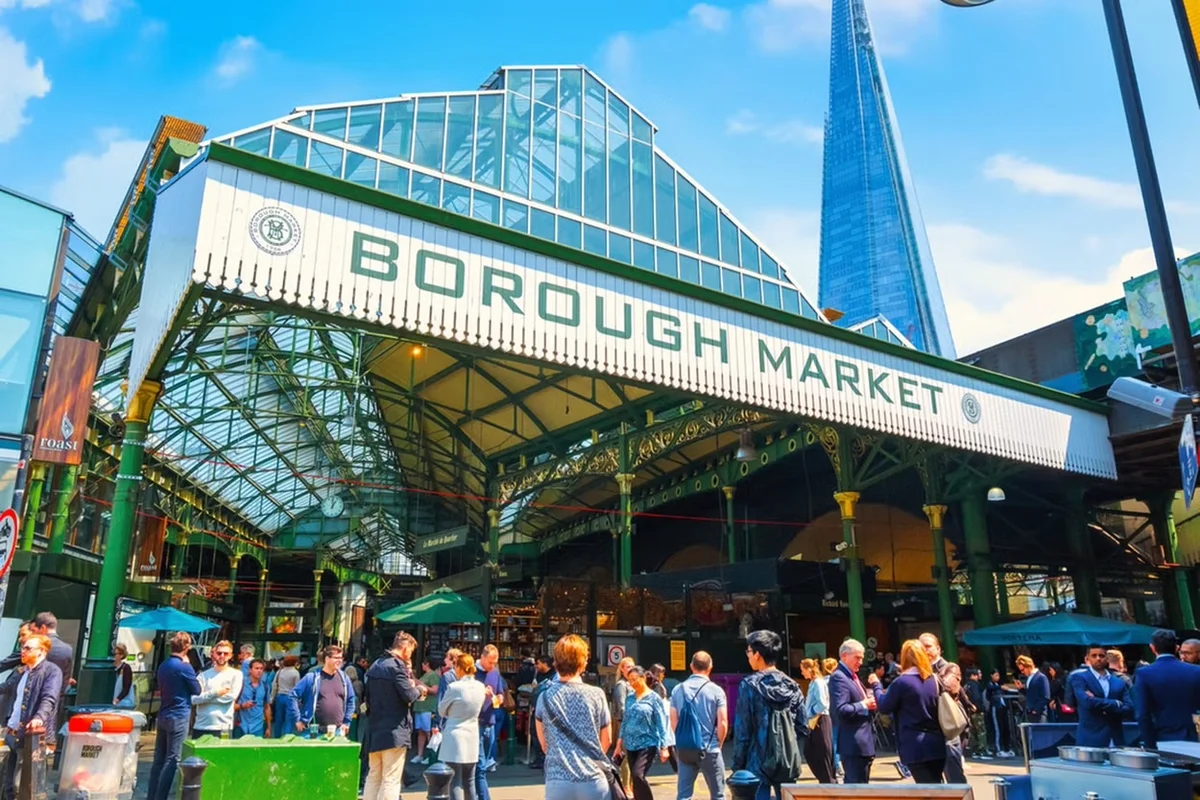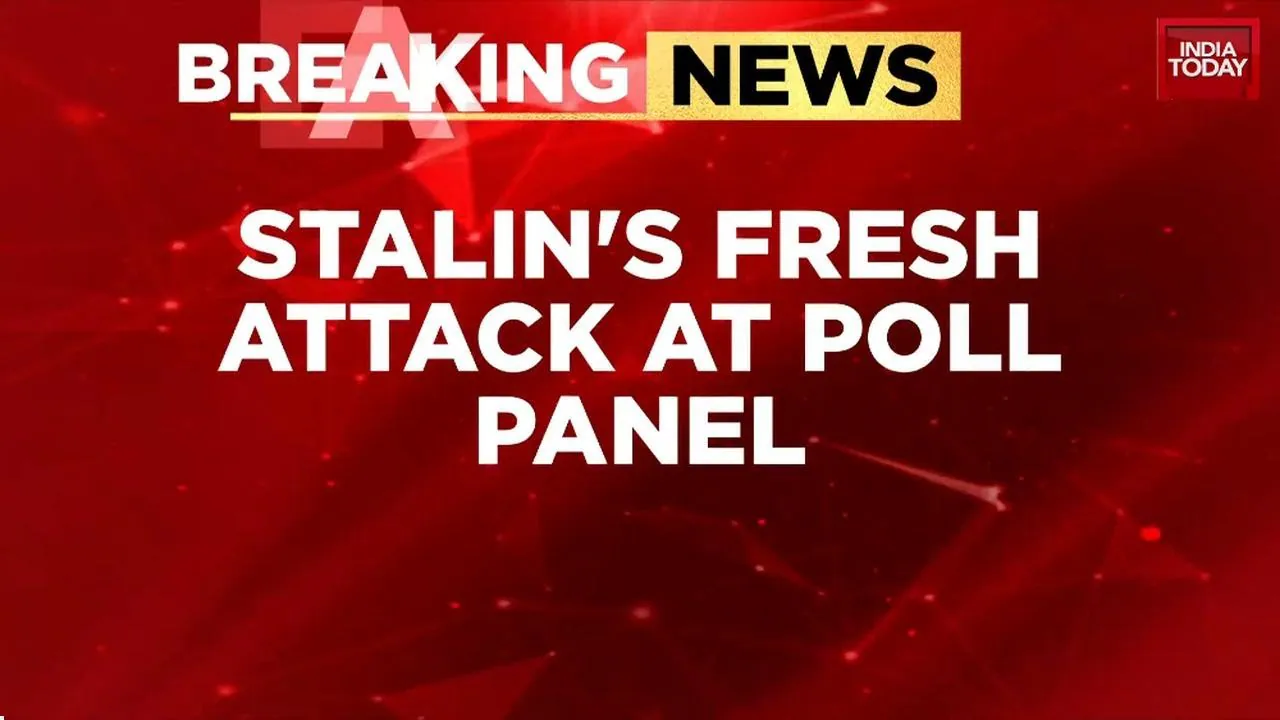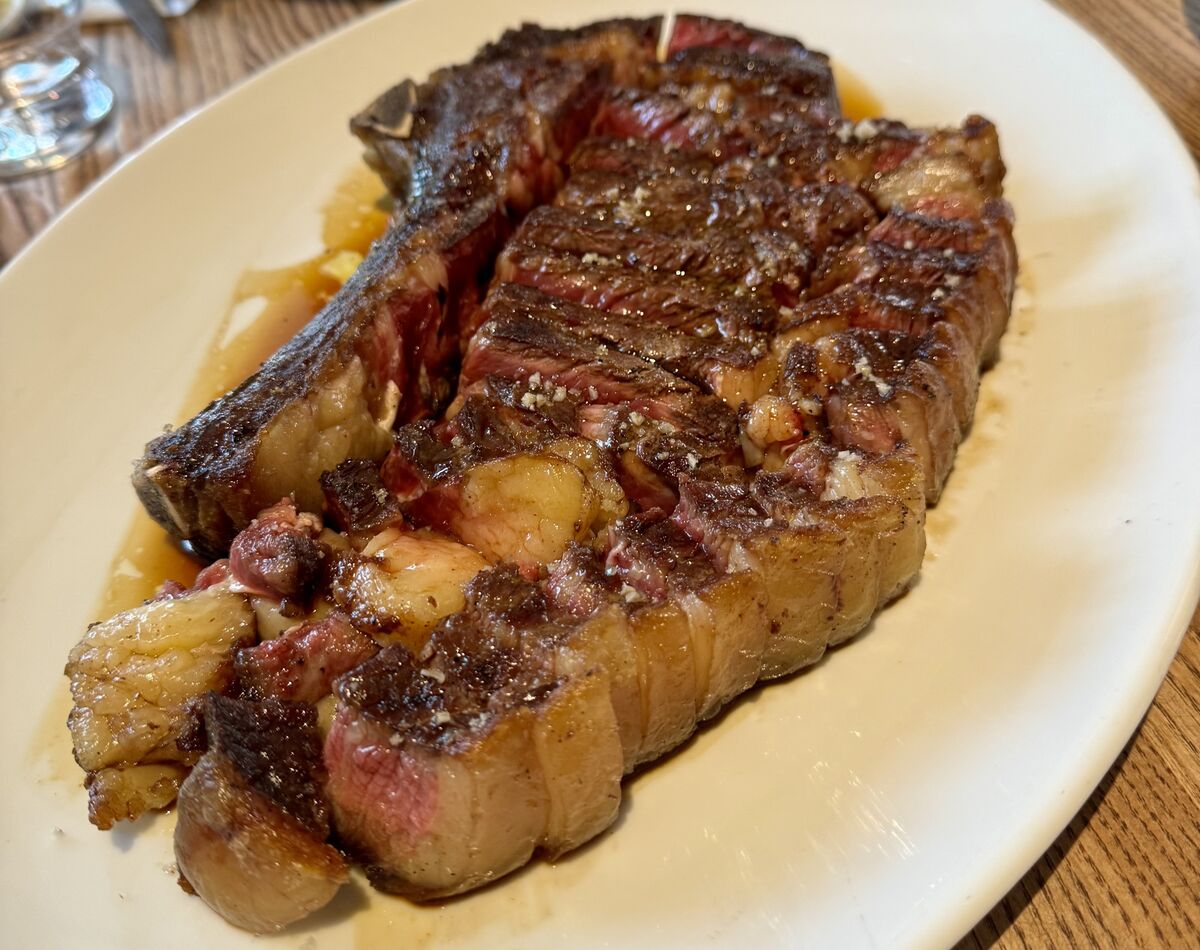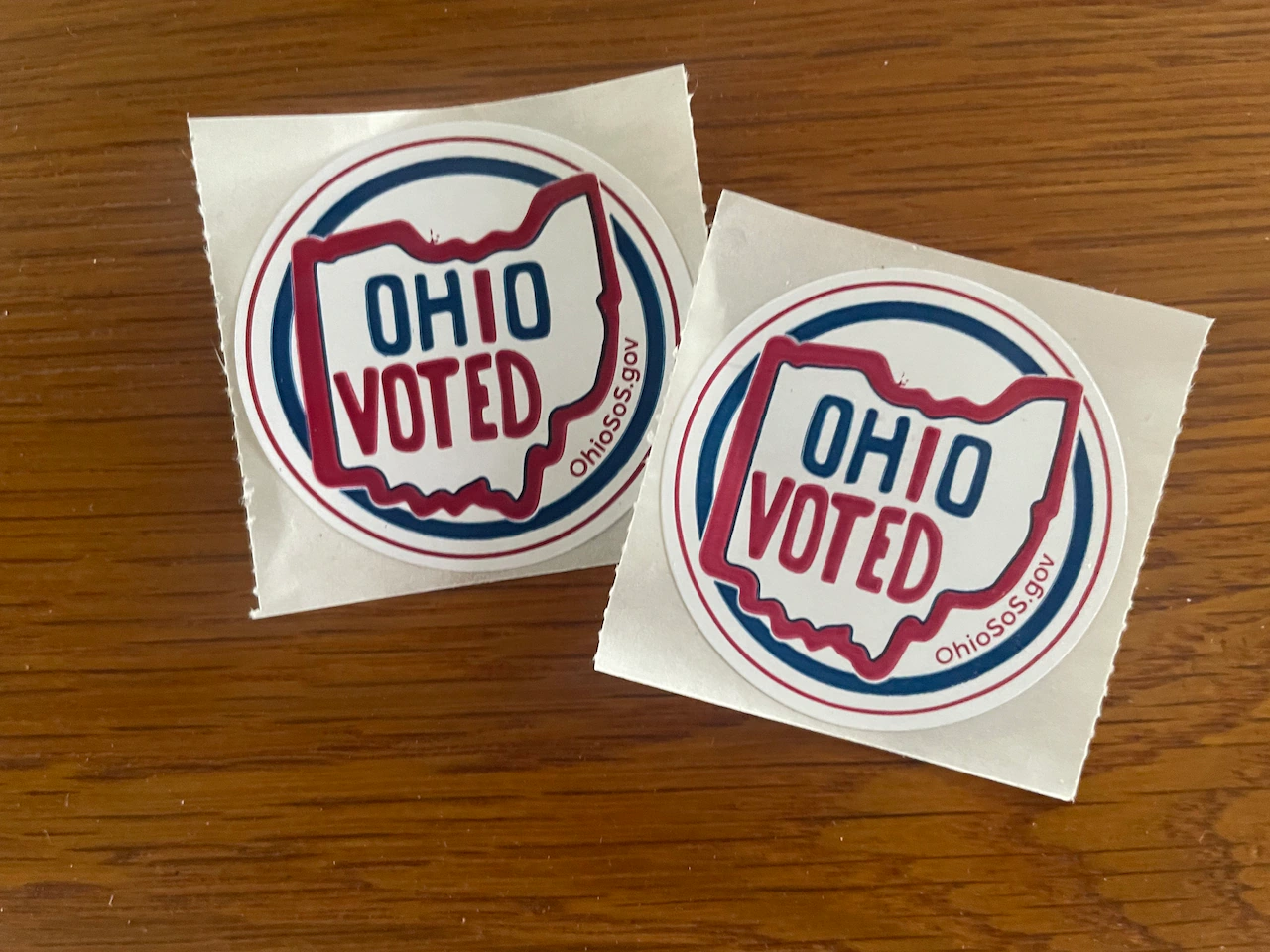Copyright independent

It was going to happen eventually. After years of free meals, fawning posts and fluorescent ring lights, restaurants are finally starting to turn on the monster they helped create. Like Frankenstein, hospitality built its influencer economy from scratch – feeding it, nurturing it, basking in the fame that followed – only to recoil when it grew too powerful to control. The tipping point came last week at Borough Market, when a food vlogger was thrown out mid-review. In a video that’s since been widely shared, Gerry del Guercio, one half of the duo Bite Twice, is seen filming himself and his friend eating an apple and cinnamon crumble when a security guard interrupts to tell them to stop recording. Del Guercio looks bewildered. “Are we being kicked out of Borough Market?” he asks incredulously during the kerfuffle. The clip, filmed earlier this year on a smartphone rather than professional equipment, shows no ring lights, microphones or freebies – just two mates who’ve paid for their food, chatting casually about it on camera. It reignited debate over whether influencers have finally outstayed their welcome in London’s most famous food market – or whether the market itself is overreaching. According to Borough Market, there’s no ban on filming, just rules, which were quietly implemented last year. Anyone wanting to shoot content for commercial purposes – that is, anything beyond a casual selfie or home video – must now apply for permission in advance and carry a letter of approval. Filming is prohibited at weekends, the market’s busiest period, and security are within their rights to stop anyone without clearance. With more than 20 million visitors a year – roughly 55,000 a day – it’s easy to see the logic. Tripods, gimbals and crowds of gawkers don’t mix well with hot oil and narrow aisles. Still, for many online, the footage struck a nerve. Isn’t this meant to be a public market? Isn’t sharing food what Borough is all about? Traders, according to follow-up reporting by the Evening Standard, are divided. “A lot of people just come here to extract from the market,” one said. “If there’s people that are genuinely coming here to buy produce, contribute and interact with traders, then great.” Some see influencers as a necessary evil: helpful for publicity, frustrating in practice. Others reportedly declined to comment for fear of reprisal. Borough Market isn’t the first to push back. Notoriously, Dorian in Notting Hill refuses to host influencers altogether, part of a growing movement among restaurateurs who are weary of unsolicited DMs asking for comped meals “in exchange for exposure”. Similar stories have emerged from New York and Paris, where bistros have banned filming outright after diners complained about glare from ring lights and endless table-side monologues. The mood has shifted. Once, being featured on TikTok was a ticket to virality. Now it’s just as likely to invite ridicule, or an awkward conversation with the maître d’. There’s a rich irony here. The restaurant world didn’t just tolerate influencers; it created them. It was chefs and PRs who invited content creators into their kitchens, designed “Instagrammable” dishes and built whole interiors around the perfect photo angle. They traded mystery for visibility, the hushed sanctity of the dining room for the dopamine hit of a viral post. Now, having cultivated an ecosystem that rewards aesthetics over atmosphere, many seem surprised that the creature has turned on them. At its heart, the Borough Market incident raises a thornier question: who owns the meal? Once you’ve paid for your food, isn’t it yours to photograph, film and comment on? Restaurants and markets occupy an odd middle ground between private property and public stage. They depend on being seen – that’s the point – but not necessarily recorded. The problem is, in the age of smartphones, those things are no longer separable. And where do you draw the line? If you take a short clip of a cheesemonger shaving off a sliver of Comté, are you now an influencer? We’re all content creators now, whether we admit it or not. Instagram has turned everyone into a critic, even if it’s just to post a “best pasta ever” caption. Part of the backlash stems from the sense that influencers are being punished for doing what professional critics have done for decades. When Marina O’Loughlin posts a photo of her lunch, it’s journalism. When a 23-year-old with a smartphone does it, it’s apparently a nuisance. Yet it’s these very people who’ve democratised food criticism – once the preserve of an elite with expense accounts. Now it’s for everyone, from students eating supermarket meal deals to creators reviewing fine dining in tracksuits. You may roll your eyes at the performance, but it’s hard to deny the ripple effect. Some influencers command audiences in the millions. Eating With Tod, one of the UK’s most popular food accounts, has 2.1 million followers on Instagram and another million on TikTok. In other words, a single man with a smartphone now commands almost as big of an audience as the entire British traditional print media combined – and restaurants are still pretending he’s not important. A glowing review from an influencer can transform a restaurant’s fortunes overnight; a scathing one can do the opposite. It’s not so different from the power wielded by broadsheet critics, except that their readers are younger, hungrier and arguably more engaged. What’s more, TikTok creators aren’t curated by editors. They’re chaotic, subjective and messy – which is also what makes them more human. Still, the explosion of sponsored content, freebies and undisclosed partnerships has blurred the line between recommendation and advertisement. There’s a legitimate question of trust: can you really review something fairly if you didn’t pay for it? In traditional journalism, critics dine anonymously and the publication foots the bill precisely to avoid that bias. Many creators don’t have that luxury – or choose to ignore it. Then there’s the question of etiquette. Staff are asked to “hold the plate” for an uncomfortably long slow-mo shot, or entire tables rearranged to fit a tripod. Other diners get caught in the glare, wondering when their lunch became background scenery. Restaurants, understandably, want to reclaim some control. But the if we start restricting who can say what about food, we risk turning back the clock to a time when only a handful of gatekeepers decided what was good taste. Borough Market’s position is especially ironic given its own history. Founded in 1851, it was once a utilitarian trading post, long before the word “content” existed. But its renaissance – the queues for raclette, the rainbow-hued displays of fruit and veg, the artisan cheeses and £9 crumbles – has been fuelled by social media. The same aesthetic curation that makes it so photogenic is precisely what draws influencers there in the first place. Without Instagram, would tourists still flock to buy doughnuts from Bread Ahead or truffle pasta under the railway arches? Possibly. But probably not in such numbers. To be fair, the market’s policy isn’t draconian. It’s not banning cameras entirely, just imposing some structure. You can still film – you just have to ask first. That’s sensible for safety and crowd management, but the grey area lies in how that permission is granted. While Borough might not need the PR right now, smaller traders certainly do. For them, a single viral TikTok can mean survival. The truth is, hospitality and social media are symbiotic now. The line between customer and content creator has blurred beyond repair. What’s needed isn’t a ban, but a code of conduct – mutual respect between those making the food and those filming it. The next phase of dining culture will depend on that balance. Restaurants can’t opt out of the digital age any more than influencers can stop eating. Perhaps the answer lies somewhere in between: film responsibly, eat respectfully, credit the people behind the counter. If food is for everyone, surely everyone should be allowed a bite – and a say.



